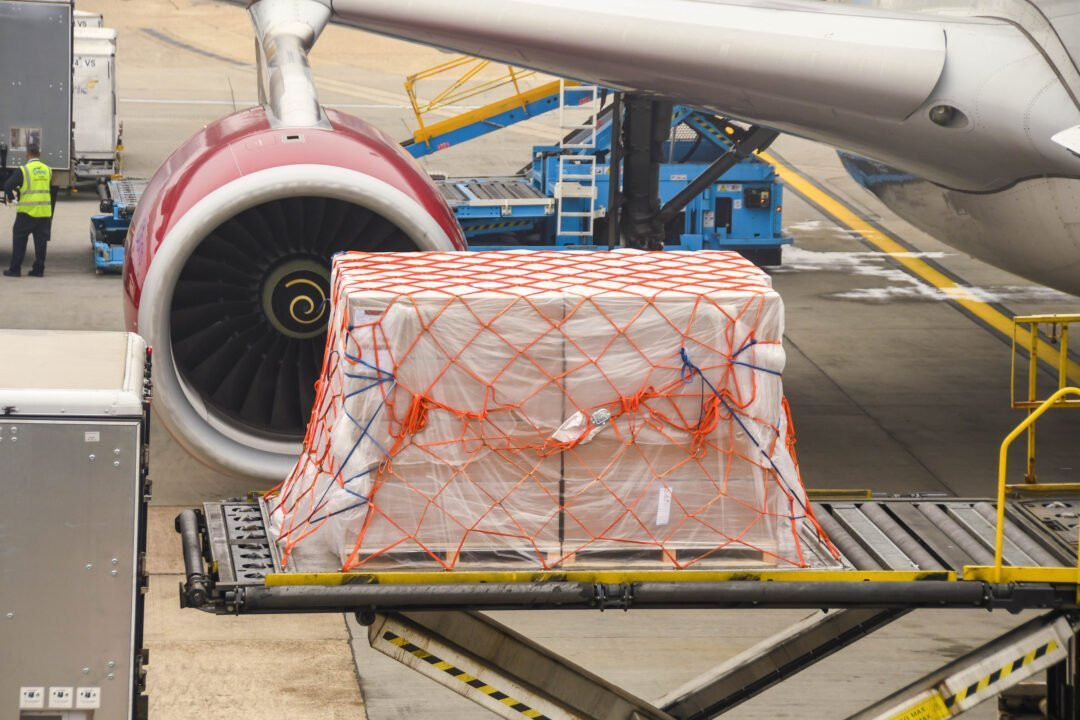
The average air rates around the world increased by +2 percent in June and the month (MOM), taking it by 1 percent from its level in June 2024, based on the average full market prices and contract rates. In particular, the rates of air conditions to the United States from Asia and the Pacific countries increased dramatically in June, according to June initial figures from the global market data, as markets continue to adapt to the volatile American trade and tariff policies.
The average full market rates of Asia and the Pacific countries with the exception of China and Hong Kong decreased to the United States to $ 5.19 in June, an increase of about +10 percent compared to the previous month and its level in June 2024. 2024, decreased by -16 %, a year (YOY), based on more than 500,000 weekly transactions covered by world data.
In comparison, the inputs moved from China and Hong Kong to Europe continued in June, reaching its highest levels this year and took +15 percent of its level in June 2024. The average rates of China and Hong Kong to Europe were stable at $ 3.97 per kilo, similar to its level in the previous month and the average level of this year to this year.
On a global basis, Al -Aneege around the world in June reached the highest +2 percent from June last year, although it decreased by -4 percent compared to the previous month. The initial numbers of the second quarter (Q2) of 2025 indicate that operating weight all over the world in the three months to June 30 rose by +4 percent, on an annual basis on an annual basis (YOY) and Rubbaa (QOQ). To put this in its correct perspective, in 2023 and 2024, the purchase in the second quarter was higher in each two years +3 percent of the first quarter. The average Q2 2025 rates increased by +1 percent, QOQ, although it decreased by 1 percent, YOY. During the first six months of 2025, both rates, mines, YOY increased, with weight gain by +3 percent and average charging +2 percent higher.
Asia and the Pacific Ocean of the American Markets
More analysis conducted by WorldACD in the first half of this year shows some of the completely different dynamics of the markets in Asia and the Pacific compared to Asia and the Pacific to the markets of Europe, especially for traffic from China and Hong Kong. Although the patterns of the United States and Europe market were widely similar in the first quarter, the rapidly changing American trade and tariff policies led to the different market patterns in the second quarter. For example, in a period of two months of week 15 to week 24, drinkable weight from China and Hong Kong to the United States decreased by -17 percent, while the Annongine from China and Hong Kong increased to Europe by +6 percent in that period. Meanwhile, drinkable weight from Asia and the Pacific countries, with the exception of China and Hong Kong, increased to the United States by +13 percent.
These patterns reflect a number of factors, including converting capacity and folders from China and United States markets to China and other markets, especially for the most affected e -commerce markets of changes to “minimal” rules. It also includes various attempts for front loading charges to overcome the timing dates for different tariffs. The main deadline for tariffs in the United States is on July 9, when the 90 -day stopping ends on the latest US tariffs for many countries.
Another major difference is the distribution between the immediate prices against the contract rates for public shipping. For Asia and the Pacific to the European market, the percentage of immediate market transactions remained relatively fixed this year, ranging between 43 percent in January and 49 percent in March, and a settlement of 47 percent in May and 73 June, respectively, respectively from the Mediterranean, about 55 percent of prices of about 55 percent, and about 45 percent increased in June and 73 in June. May and June last year.
The contrast between the contract and the immediate prices
This increase in the market share of the immediate prices of the Asian and Pacific market to the United States reflects an increasing variation between the level of contract rates and instant rates, as transport companies struggled to accurately conform to the demand for what was a very volatile market due to the definition change and the end of “minimal summons” for imports of American goods. While the instant prices and contract prices were somewhat aligned at the beginning of the year, the average contract rates in June reached $ 5.28 per kilo of about +13 percent of the average rate of interest rates of $ 4.66 per kilo.